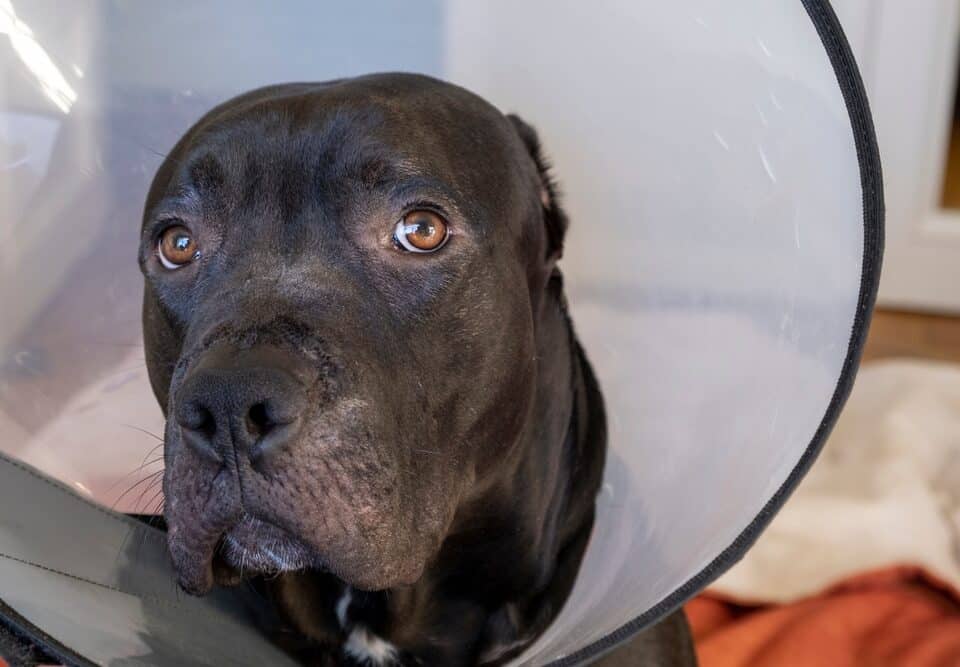Pitbull ear cropping sparks intense debate, dividing opinions on its morality and necessity. While some argue for tradition and aesthetics, others question its impact on the wellbeing of the dog.
Ear cropping for Pitbulls typically occurs when they’re mere pups, aged between 6 to 12 weeks. It involves slicing off the floppy part of the ear, known as the pinna, ostensibly to make them stand upright. When done under anesthesia by a vet, it’s said to be less cruel, but stories of unregulated procedures without anesthesia are horrifying. Such makeshift surgeries, often linked to underground dogfighting, cause immense pain, uneven healing, and sometimes leave the poor dogs looking earless.
Historically, ear cropping is traced back to ancient Rome, where it was a practical move in dogfights to minimize ear injuries. Cropped ears meant fewer chances of being torn or bitten. Today, while dogfighting is mostly illegal, some still crop Pitbull ears, clinging to this outdated reason. It’s argued that this practice, initially meant to reduce ear injuries during fights, carried over into other roles such as working or guarding dogs. The theory was that cropping could somehow fend off ear infections—a claim that is largely unsubstantiated by science.
Why continue this practice in the modern day? Some individuals are drawn to the aesthetics, opting for cropped ears to give their pets a more aggressive appearance. This “look” can help deter intruders, but it’s mostly a cosmetic choice. Then there’s the breed standard argument: certain circles, notably dog shows, favor the cropped look, with claims that it helps maintain the ‘true Pitbull’ essence. The American Kennel Club’s (AKC) stance allows this in line with specific breed standards, although the necessity and health benefits remain contentious.
A proliferation of myths also exists around ear cropping. Beliefs that it enhances hearing and reduces infections persist, though evidential support is lacking. In essence, removing the pinna doesn’t aid sound transmission in the way some imagine, and floppy ears don’t obstruct the ear canal as believed.
Legal perspectives on ear cropping vary globally. Countries like Australia and New Zealand ban the practice, while parts of Europe and several U.S. states regulate it. The controversy is intense, with animal rights advocates likening cropping to torture, given its primary cosmetic nature.
Different cropping styles exist, each offering a distinct look, from the ultra-short Battle Crop, which could ironically increase ear infection risks, to the more moderate Long Crop. The appearance versus practicality and wellbeing argument rages on.
Let’s weigh the scales: on the ‘pros’ side, some claim cropped ears align with Pitbull aesthetics and might help in dog shows. However, consider the ‘cons’: it’s an extremely painful procedure with unproven health benefits, potential for fear-based violence towards perceived aggressive dogs, and risks from anesthesia during the procedure itself.
Ultimately, the decision to crop a dog’s ears is deeply personal, yet it brings forth questions of morality and necessity. The facts lean heavily against the practice, urging a reflection on what truly benefits the canine companions we cherish.










